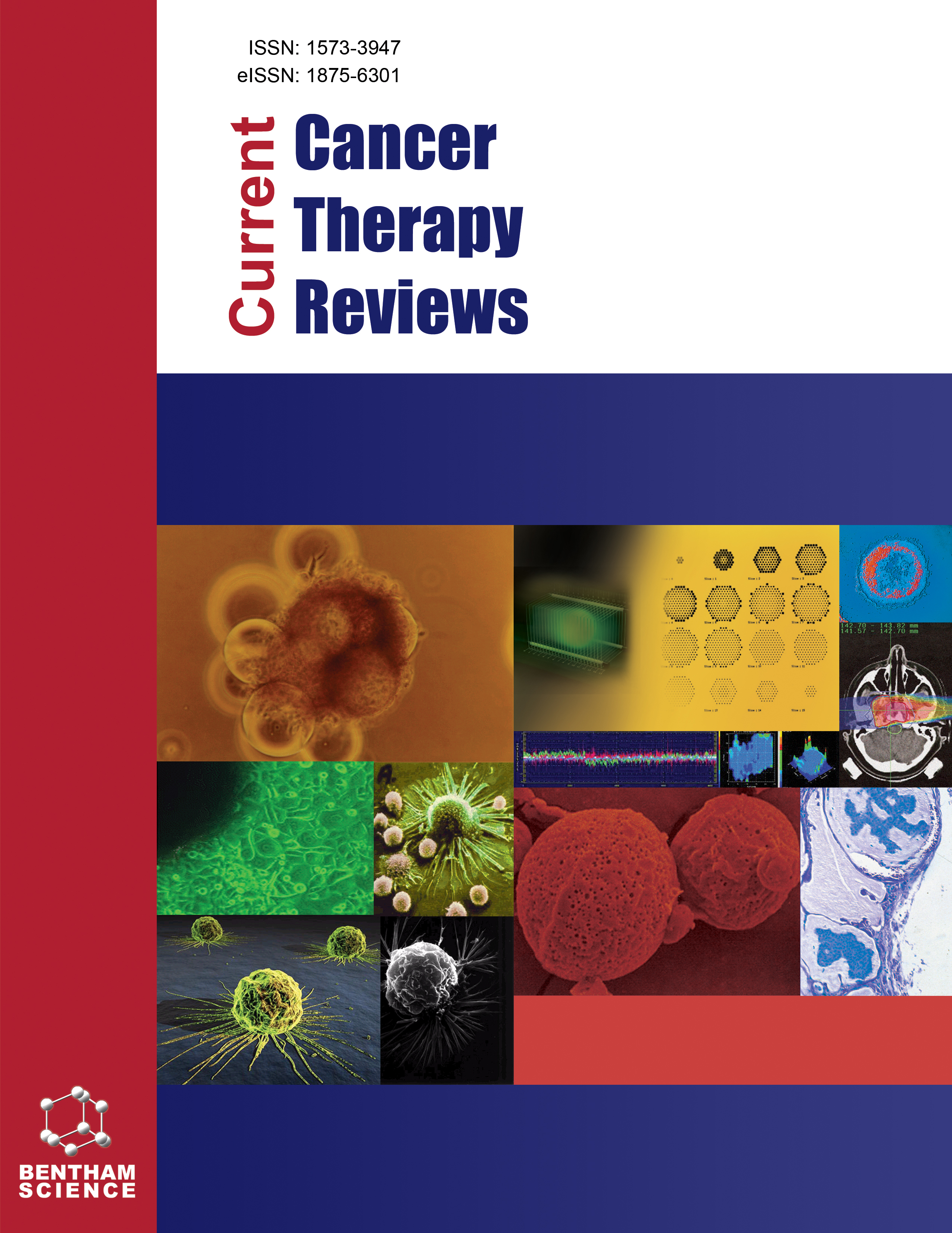
Full text loading...
We use cookies to track usage and preferences.I Understand
Chemotherapy is a multimodal strategy that entails very complicated regimens to treat cancer. Despite the better effectiveness and increased longevity afforded by chemotherapy, its side effects and long-term sequelae continue to be significant causes of worry for both physicians and patients. The patients often experience nausea, vomiting, cardiac toxicity, lung toxicity, hepatotoxicity, nephrotoxicity, etc., as adverse drug reactions (ADRs). The ignorance of toxicity caused by the current medications can cause long-term consequences or can cause new side effects that only make patients feel worse. These side effects need to be facilitated to ensure the patient's safety. New methods to increase tolerance and lessen the impact of cancer chemotherapy are urgently required. The current study is focused on various toxicities associated with chemotherapy and their amelioration by substituent medications or methods.

Article metrics loading...

Full text loading...
References


Data & Media loading...

